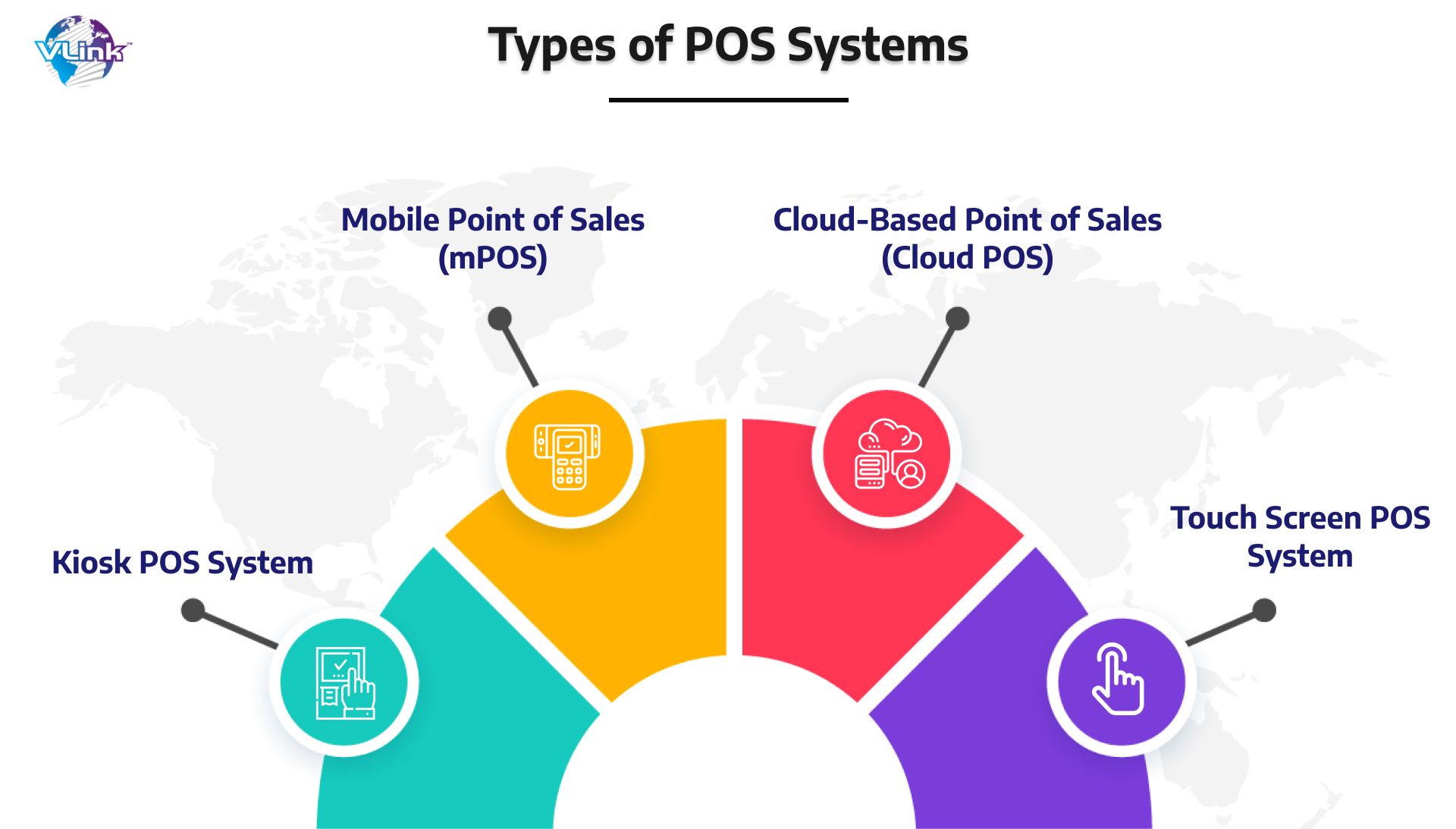How POS System Works: A Comprehensive Overview for Entrepreneur

Recognizing the Components of a POS System

Exactly How Sales Purchases Are Refined
When a customer makes a decision to buy, the sales deal launches a series of methodical actions within the POS system. The cashier inputs the things being purchased, which are scanned through a barcode visitor or manually gone into. This activity fetches product details, including pricing and appropriate taxes, from the system's database.Next, the client exists with the complete quantity due. The POS system after that refines the settlement, whether with money, charge card, or mobile payment techniques (Restaurant POS Software). For electronic repayments, the POS securely communicates with payment processors to authorize and verify the transaction.Once the repayment is validated, the system creates a receipt, which can be printed or sent out electronically. This invoice functions as evidence of acquisition for the consumer. The deal data is videotaped in the system, making certain precise sales records and financial monitoring for the organization.
Stock Administration and Tracking

Reliable stock monitoring and monitoring are essential parts of a POS system, as they ensure that businesses preserve excellent supply degrees and lessen inconsistencies. A robust POS system enables real-time inventory updates, mirroring returns and sales instantaneously. This makes it possible for company proprietors to keep track of supply levels precisely, making sure that popular items are easily available while protecting against overstocking of less prominent products.Additionally, progressed POS systems provide attributes such as automated stock signals and reorder tips, streamlining the procurement procedure. Barcoding and RFID innovation improve precision in tracking inventory movement, minimizing human error. Substantial reporting tools give insights right into inventory turn over rates, aiding businesses make educated decisions regarding buying and item offerings. Inevitably, effective inventory management with a POS system not just boosts functional performance yet also enhances customer contentment by guaranteeing product accessibility.
Examining Consumer Information and Insights
Consumer information evaluation serves as a powerful tool for businesses utilizing a POS system (Restaurant POS Software). By taking a look at and accumulating transaction information, services can reveal useful insights about customer actions and choices. This analysis allows them to identify buying trends, peak buying times, and prominent items, therefore notifying stock decisions and advertising and marketing strategies.Additionally, organizations can sector their customer base, enabling personalized advertising and marketing initiatives that cater to details demographics or acquiring routines. Comprehending customer commitment patterns likewise helps in creating targeted benefits and promotions programs.The data gleaned from a POS system can also disclose insights into customer comments, allowing organizations to make educated decisions regarding item offerings and solution improvements. Inevitably, leveraging consumer data properly can improve the overall shopping experience, foster customer complete satisfaction, and drive revenue development
Advantages of Executing a POS System

Often Asked Questions
What Kinds of Businesses Can Take Advantage Of a POS System?
Numerous organizations gain from a POS system, including retail shops, dining establishments, beauty parlors, and ecommerce platforms. These systems improve transactions, supply monitoring, and client information, boosting functional performance and enhancing consumer experience throughout diverse sectors.
Just how much Does a POS System Commonly Expense?
The expense of a POS system typically varies from a few hundred to numerous thousand dollars, depending on functions, hardware, and software. Services should consider recurring charges for support, purchase, and maintenance processing when budgeting.
Can I Incorporate a POS System With Existing Software?
Incorporating a POS system with existing software program is typically practical. Lots of systems supply APIs or integrated compatibility attributes, permitting organizations to streamline procedures and boost capability by attaching different software application applications efficiently.
What Training Is Required for Staff to Use a POS System?
Educating for team to use a POS system typically includes understanding software program capabilities, refining transactions, learn the facts here now managing supply, and managing customer communications. Practical presentations and hands-on practice enhance effectiveness and self-confidence being used the system effectively.
What Happens if the Net Decreases While Using a POS System?
If the net decreases during POS system use, purchases may be disrupted. Numerous systems provide offline capabilities, permitting fundamental operations to proceed, however full performance, consisting of real-time you can try here stock updates, will certainly be limited. A Factor of Sale (POS) system is composed of numerous vital parts that function together to manage and promote deals organization operations. Efficient inventory administration and monitoring are important parts of a POS system, as they guarantee that businesses maintain optimal supply levels and reduce inconsistencies. Consumer data analysis serves as an effective device for companies making use of a POS system. Understanding customer commitment patterns also helps in establishing targeted incentives and promos programs.The information obtained from a POS system can also disclose understandings right into customer comments, making it possible for organizations to make educated decisions regarding item offerings and service enhancements. Implementing a POS system uses countless advantages that can considerably boost business operations.